EVERY Premier League club’s biggest strength and weakness this season
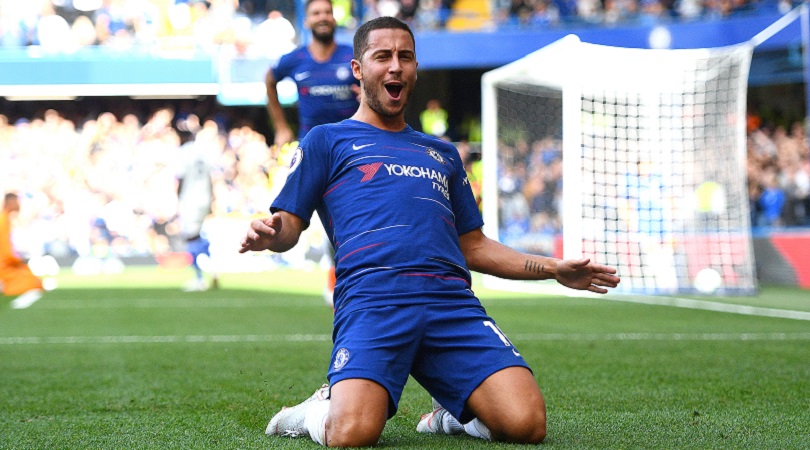
The good, the bad...
We're almost a third of the way through the Premier League campaign, and the table is starting to take shape as the busy festive period approaches. But where is each club excelling and where can they still improve?
We've analysed all 20 sides and picked out every club's biggest strength and biggest weakness...
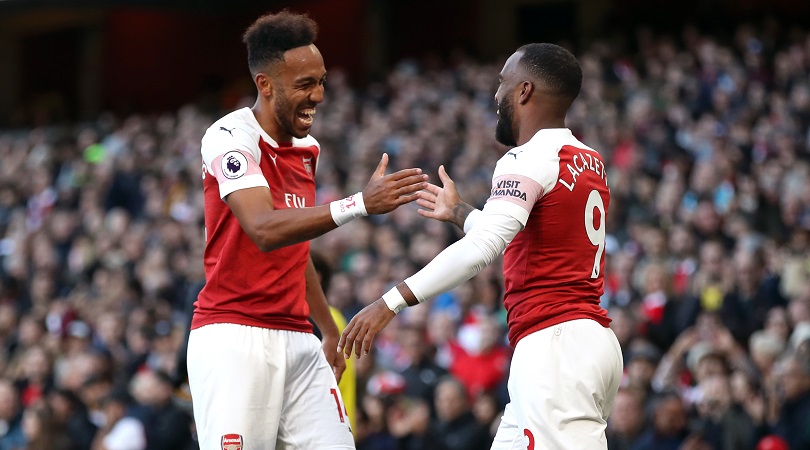
Arsenal strength – High-tempo attacks
Unai Emery’s attacking tactics have already clicked into place at the Emirates, which is a commendable achievement given the size of his task. After years of laid-back coaching from Arsene Wenger, Arsenal’s players have responded well to the Spaniard’s rigorous demands.
The Gunners now play with greater urgency, looking for early forward passes to launch counter-attacks. Pierre-Emerick Aubameyang, Alexandre Lacazette and Henrikh Mkhitaryan have benefited most, while Mesut Ozil has delivered one or two superb performances under his new boss.
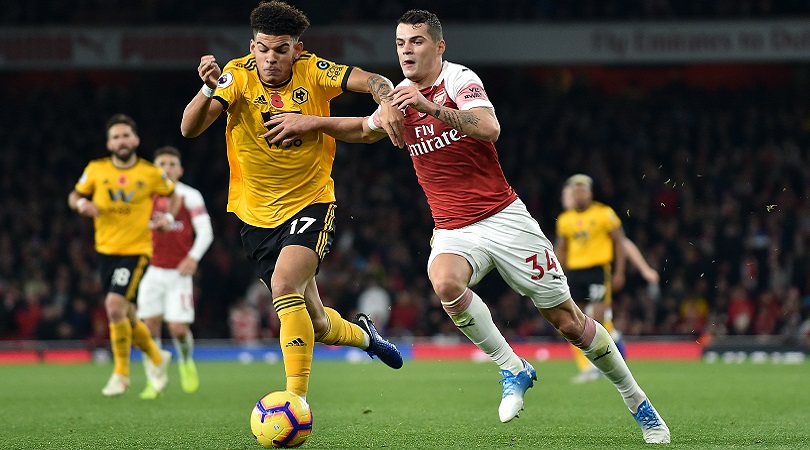
Arsenal weakness – Coping with transitions
While Arsenal’s attacking has been brilliant, they have regularly looked vulnerable at the other end. Emery’s men have conceded 15 goals so far, which is significantly more than the four teams above them in the table; if the north Londoners are to qualify for the Champions League this season, they need to tighten up.
Their principal problem is guarding against transitions. When Arsenal lose the ball, their disorganised shape makes it easy for opponents to cut through them, and often results in shots at their goal. Lucas Torreira’s presence in midfield has helped, but there’s still work to be done.
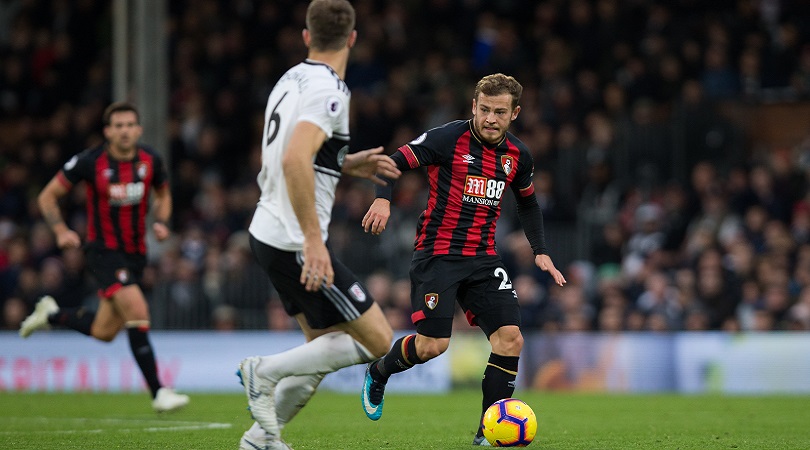
Bournemouth strength – Ryan Fraser and David Brooks on the counter
Fraser, Brooks and Callum Wilson have all been tremendous so far this season, carrying Bournemouth into the top six after 12 games. No player in the division can better Fraser’s tally of six assists, while Brooks has made the step up from the Championship with ease.
The former Sheffield United man tends to drift into the No.10 space, playing clever slide passes through for Fraser or Wilson when Bournemouth break. The 21-year-old has scored three league goals so far, performing above expectations to help challenge the theory that Howe struggles in the transfer market.
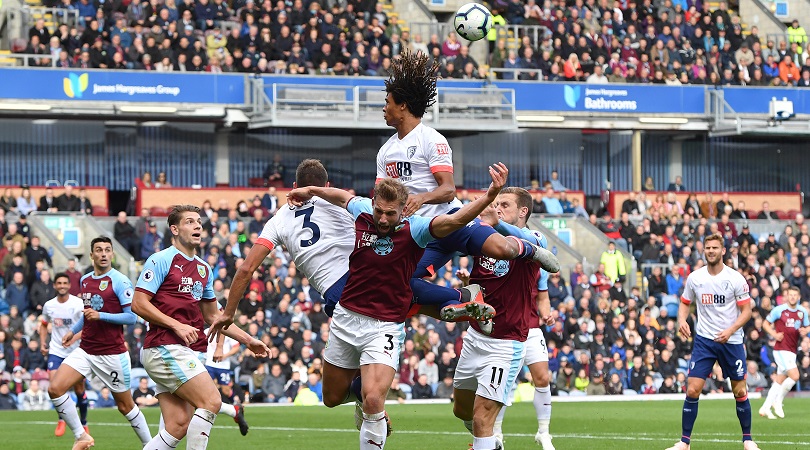
Bournemouth weakness – Defending crosses
Throughout the campaign Bournemouth’s biggest flaw has been in the full-back positions, partly because their new narrow defensive shape leaves them vulnerable to early crosses into the box. Newcastle, Manchester United and Burnley all scored directly from a delivery in their respective victories over the Cherries.
Charlie Daniels and Simon Francis tend to leave space behind them, while 5ft 11in centre-back Nathan Ake can be beaten in the air by opposition strikers. Howe will need to find a solution if Bournemouth are to remain in the top-six picture.
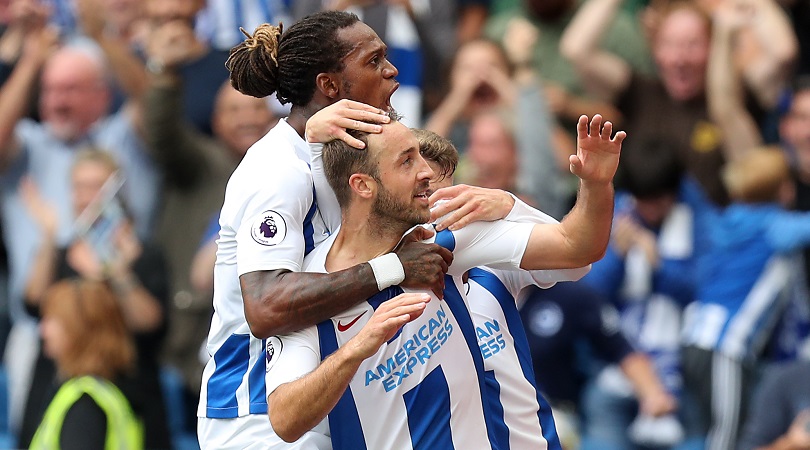
Brighton strength – Attacking efficiency (at home)
Brighton’s survival last season was built on their home form: whereas Chris Hughton’s charges triumphed just twice on the road (a return of 11 away points was the worst record in the league), they won seven games in front of their own supporters.
Albion’s results at the Amex have again been impressive in 2018/19, with all three of their home triumphs coming by a single-goal margin. Although they don’t create many chances, the Seagulls tend to be ruthless on their own patch.
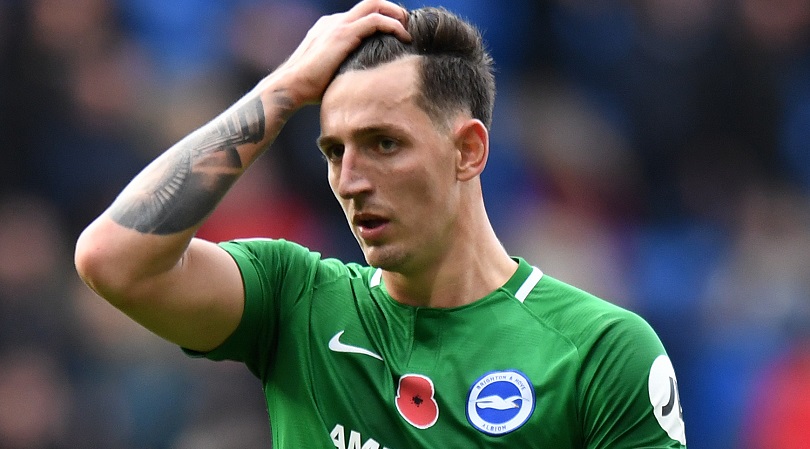
Brighton weakness – Individual errors
Lewis Dunk’s mistake at Goodison Park three weeks ago epitomised Brighton’s main problem: they’re too error-prone at the back, often gifting possession to the opposition or failing to clear a simple ball.
Dunk made another huge error in a 2-2 draw with Fulham, Yves Bissouma was to blame for Mohamed Salah’s goal in Liverpool’s 1-0 win, and Dale Stephens’ reckless red card a fortnight ago cost Brighton at Cardiff. These mistakes can be particularly costly for a team who don’t score too many goals.
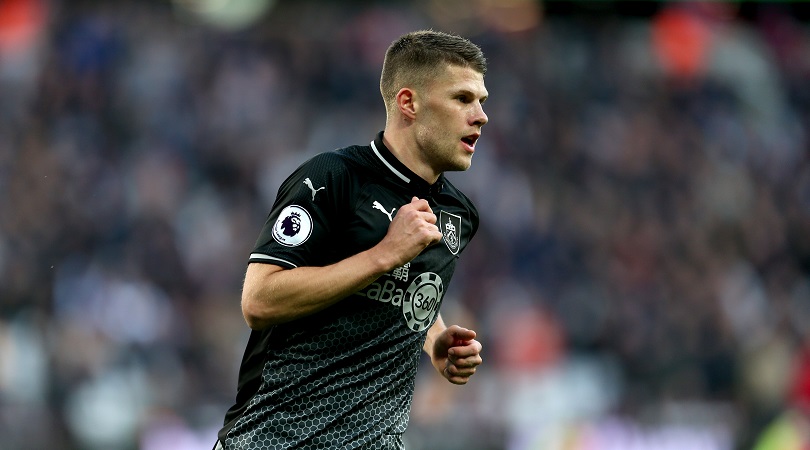
Burnley strength – Johann Gudmundsson
Burnley have had a testing start to the season, and many of their players have failed to maintain the form which helped the club qualify for the Europa League last term. One man who has been at more or less the same level is Gudmundsson, who’s scored two goals and provided four assists thus far.
The 28-year-old scored one and set up another in a crucial 2-1 win at Cardiff, as well as defending admirably against Ryan Fraser in Burnley’s 4-0 win over Bournemouth. The Iceland international’s tenacity has been crucial as heads have dropped around him.
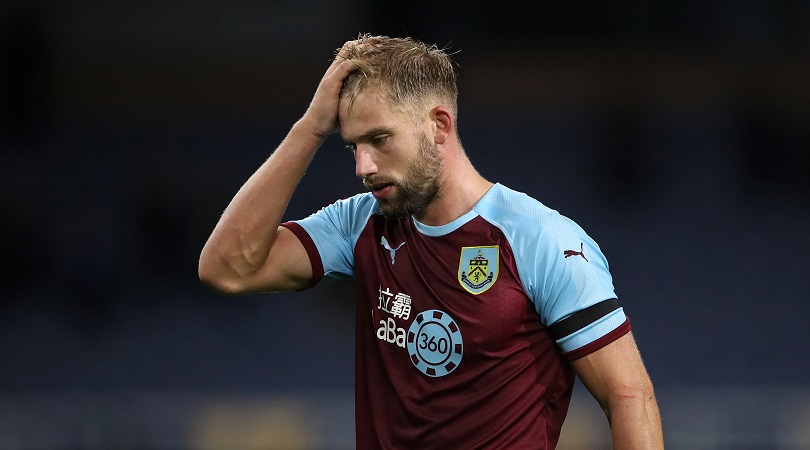
Burnley weakness – Leaky defence
Burnley’s (short-lived) European adventure took the focus off the Premier League, and it affected results in the early weeks. Sean Dyche’s side have improved somewhat since then, but the defensive organisation which underpinned their success in 2017/18 has been lacking.
Maybe Burnley’s luck has finally run out, or perhaps this is just the regression to the mean that their xG stats suggested would occur at some point. Alternatively, Joe Hart’s nervousness could be affecting the confidence of James Tarkowski and Ben Mee.
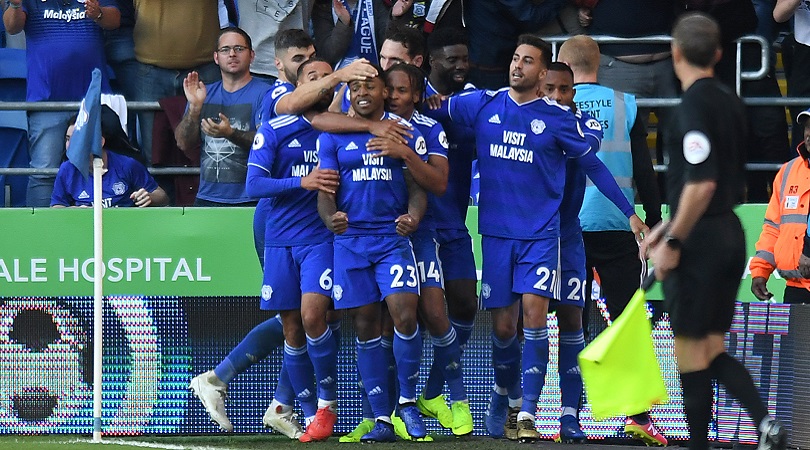
Cardiff strength – Battling spirit
Cardiff were written off as relegation certs before a ball had been kicked in August, but Neil Warnock has done an excellent job so far. Granted, the Bluebirds are still favourites for the drop but their competitiveness has stood out in the opening third of the campaign, particularly in comparison to fellow newly-promoted side Fulham.
Set-piece goals and goalmouth scrambles were a feature of their victories over the Cottagers and Brighton, reflecting the battling spirit that unites the Cardiff dressing room.
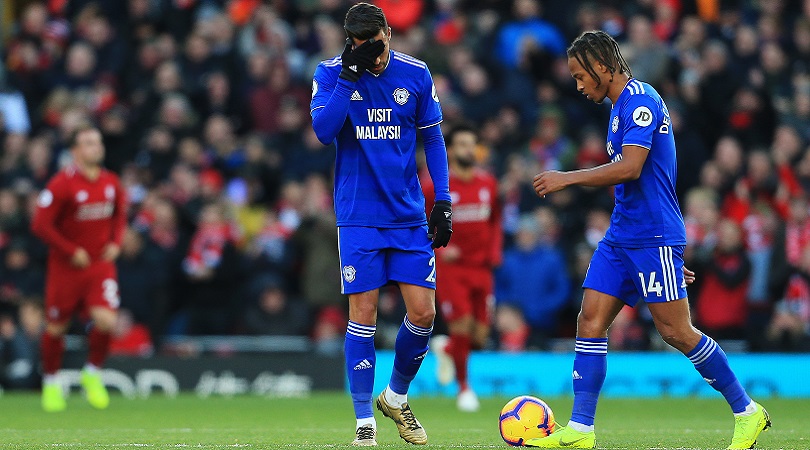
Cardiff weakness – Lack of Premier League quality
Cardiff may be doing better than many expected after 12 matches, but a lack of Premier League quality is bound to catch up with them. Theirs is undoubtedly the weakest squad in the division; it could even be argued that several Championship clubs have better pools of players.
Callum Paterson, Victor Camarasa and Josh Murphy have impressed so far, but there aren’t too many Cardiff players who would get into the starting XI of any other Premier League team. Warnock will have to work miracles to keep them up.
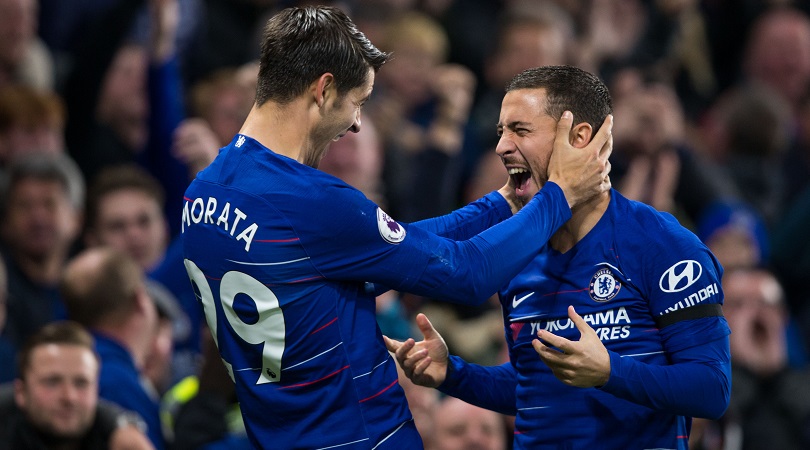
Chelsea strength – Eden Hazard’s form
Maurizio Sarri’s expansive tactics have breathed fresh life into Hazard, who has been given a free role for the first time in his Chelsea career. The Belgian has responded magnificently, scoring seven times and providing four assists in just eight starts – which gives him a goal contribution every 71 minutes, more than any other Premier League player.
Linked with Real Madrid last summer, Hazard’s improved output this season has done his chances of a dream move to the Bernabeu in 2019 no harm whatsoever. Before then, he could inspire Chelsea to another Premier League title.
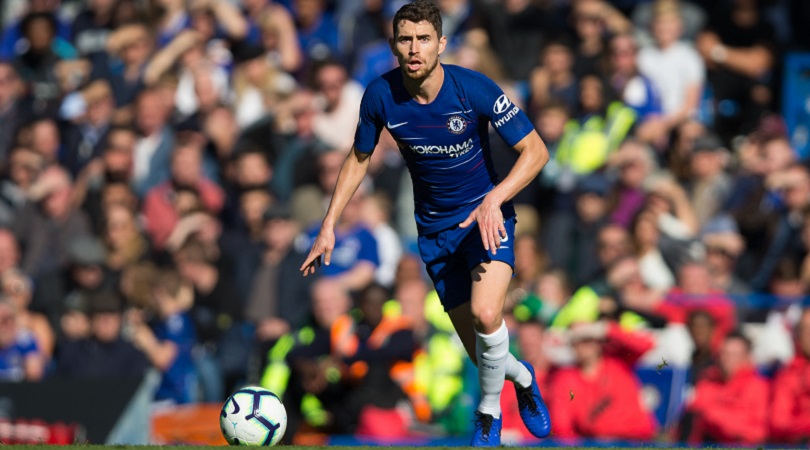
Chelsea weakness – Increasingly predictable
For all his undoubted brilliance, Chelsea can be guilty of looking for Hazard too often. Their attacks invariably filter through Jorginho to the Belgian, which is why Everton were able to hold them to a goalless draw before the international break.
Marco Silva instructed his players to cut off the passing line to Hazard, and stuck Gylfi Sigurdsson on top of Jorginho. Sarri needs to add variety to Chelsea’s attacking play or risk more teams negating the influence of their deep-lying midfielder, and in turn denying Hazard the service he requires.
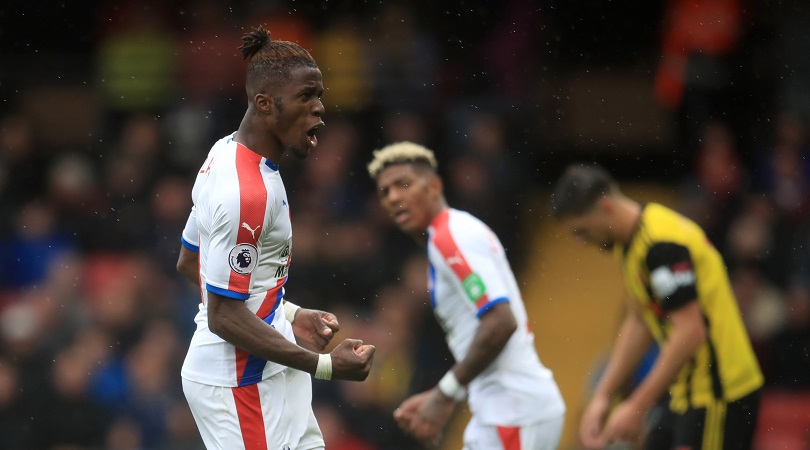
Crystal Palace strength – Wilfried Zaha’s brilliance
One of the most joyous footballers in the Premier League, Zaha can run a game like few others. His pacey running and tricky dribbling skills force opponents to routinely double-up on the winger, who still finds a way to leave his markers with twisted blood.
His influence on the club is highlighted in that famous statistic: Palace have now lost their last league 13 matches without him. Zaha is also their top scorer with three goals, and none of the 26-year-old’s team-mates have created as many chances as him either.
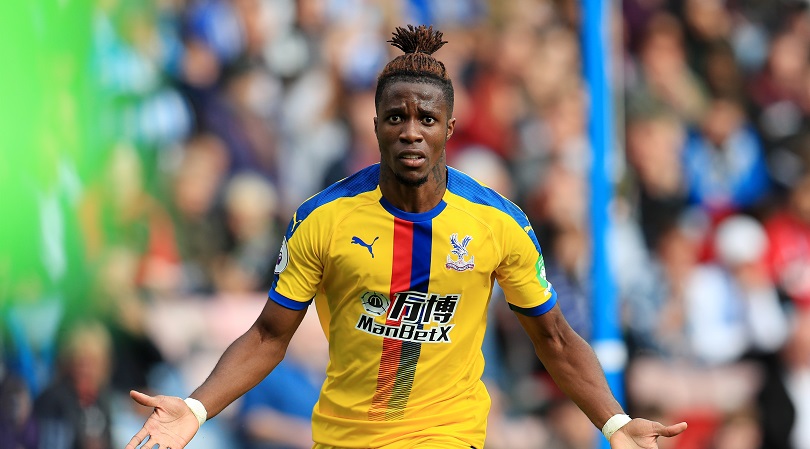
Crystal Palace weakness – One-dimensional counter-attacks
Naturally, this has made them one-dimensional. Roy Hodgson’s deep-lying 4-4-2 piles pressure on Zaha to perform miracles on his own; the 26-year-old often makes it through a crowd only to find he is completely isolated.
What Palace really lack is a strong centre-forward for Zaha to feed off, although the poor technical quality of their clunky midfield doesn’t help. The Eagles have scored only eight goals so far, with their attacking efforts far too focused on a single player.
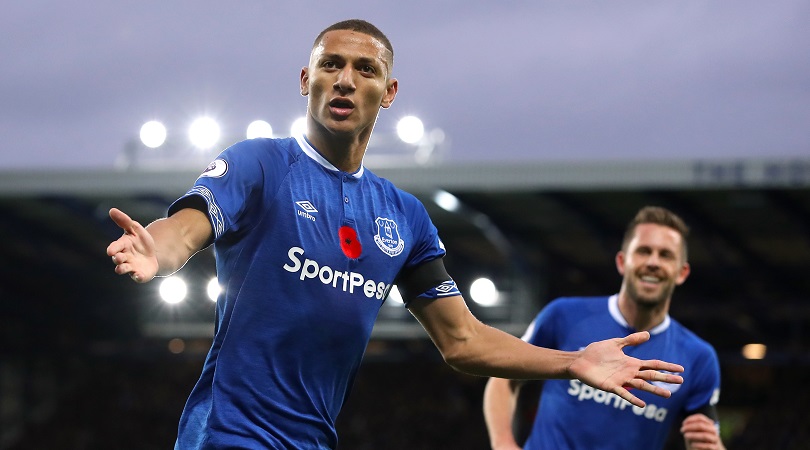
Everton strength – Re-positioning of Gylfi Sigurdsson and Richarlison
It’s taken a little while for Marco Silva to get things going at Goodison Park, but his decision to convert Richarlison into a striker was a stroke of genius. The Brazilian’s clever runs give Sigurdsson – finally restored to his favoured No.10 role – something to aim at, while the switch has freed up space on the left to play the impressive Bernard.
Sigurdsson and Richarlison have scored 11 of Everton’s 19 league goals, while their form appears to be drawing opposition defences narrower, benefiting full-backs Lucas Digne and Seamus Coleman.
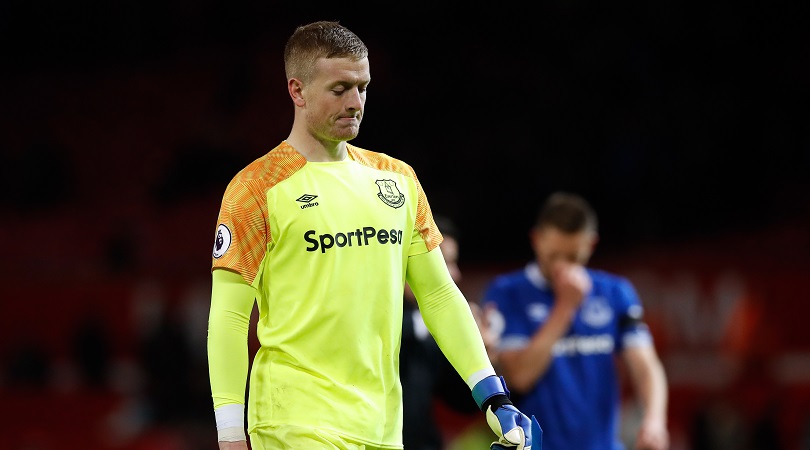
Everton weakness – Away form
Everton have won 13 of their 19 points (68%) at Goodison Park this season. The Toffees have also only scored seven times in six away matches, winning six points, primarily because Silva’s attack-minded approach is a little too open on the road.
The Portuguese has always boasted an exceptional home record thanks to his bullish high-pressing football, but the flip side is that his teams often struggle away. The problem extends beyond the current boss, though: Everton won just three times on their Premier League travels under three different managers in 2017/18.
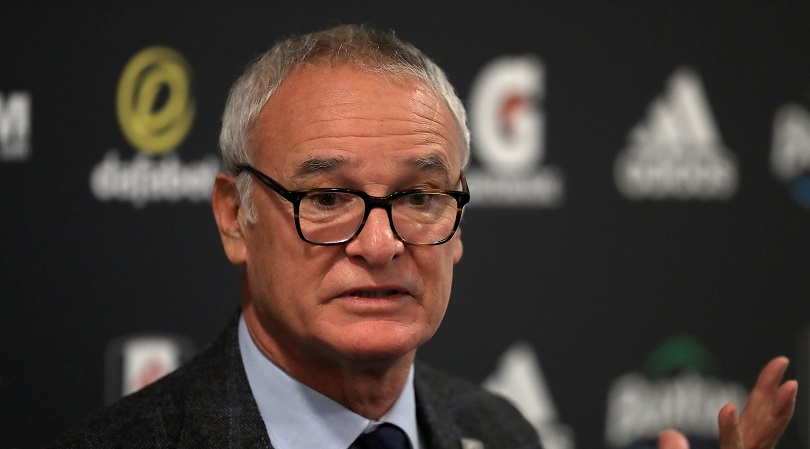
Fulham strength – The right manager to fix things
Hardly anything has gone right for Fulham so far, despite lofty expectations after their seemingly impressive work in the transfer market. Slavisa Jokanovic was unable to mould some talented parts into a functioning unit, with the Serb duly replaced by Claudio Ranieri.
The Italian will go back to basics at Craven Cottage, pushing the defensive line deeper and encouraging a counter-attacking approach. There’s plenty of talent within the Fulham ranks, and Ranieri looks like the perfect coach to get the best out of this crop of players.
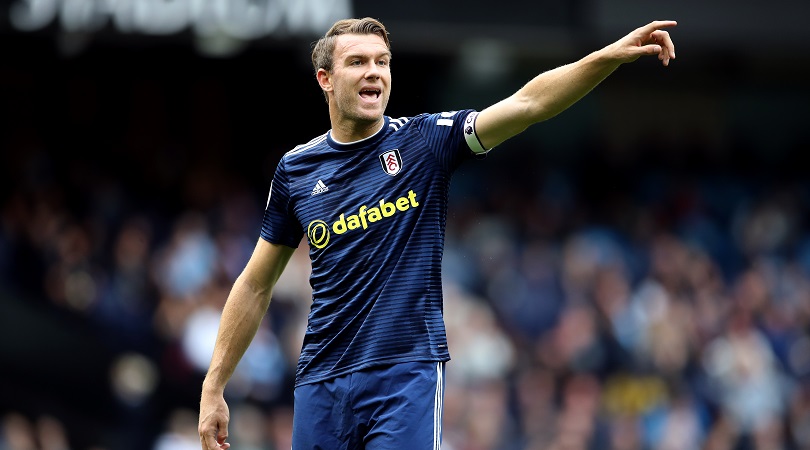
Fulham weakness – Central midfield
Jean Seri was one of the signings of the summer and Tom Cairney is a gifted playmaker who routinely ran games in the Championship, but Fulham’s midfield still looks unbalanced. Kevin McDonald isn’t quite good enough as the holding player at this level, and although Andre-Frank Zambo Anguissa is clearly talented, his decision-making remains iffy.
The Cottagers spent over £100m following promotion last term, so it’s unclear how much money will be made available to Ranieri in January. If the Italian is able to spend, a combative defensive midfielder should be at the top of his shopping list.
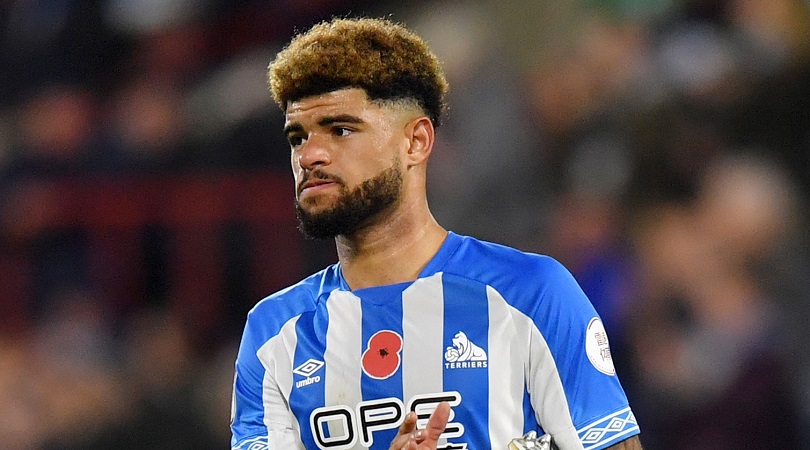
Huddersfield strength – Philip Billing and Aaron Mooy’s partnership
Huddersfield may be in the relegation zone, but they aren’t an easy side to play against. Philip Billing and Aaron Mooy are tough competitors in the centre of the park, providing a strong engine to a Terriers team who are all about tempo and energy.
Both midfielders are composed on the ball too, even if the lack of quality in front of them means neither Mooy nor Billing has made headlines – or even recorded an assist. Still, both players are fundamental to the way David Wagner’s side go about their business.
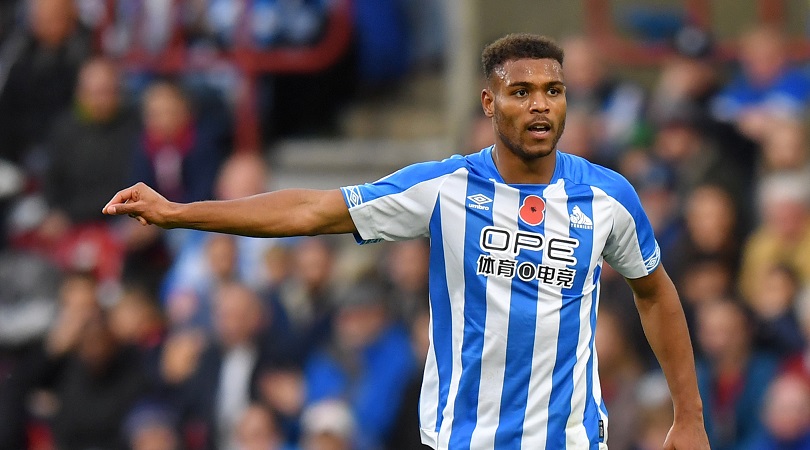
Huddersfield weakness – No cutting edge in attack
Huddersfield have scored a meagre six goals, and that’s partly because Wagner is deploying a cagey 3-5-1-1 formation this season. Alex Pritchard is a silky player but tends to find himself isolated in attack, while Steve Mounié and Laurent Depoitre aren’t athletic enough to create space for themselves in the box.
Neither striker has scored a league goal. ‘Own goal’ is the Terriers’ joint-top scorer with one. Two of the five goals netted by Huddersfield players have been from set-pieces. How do you survive like this?
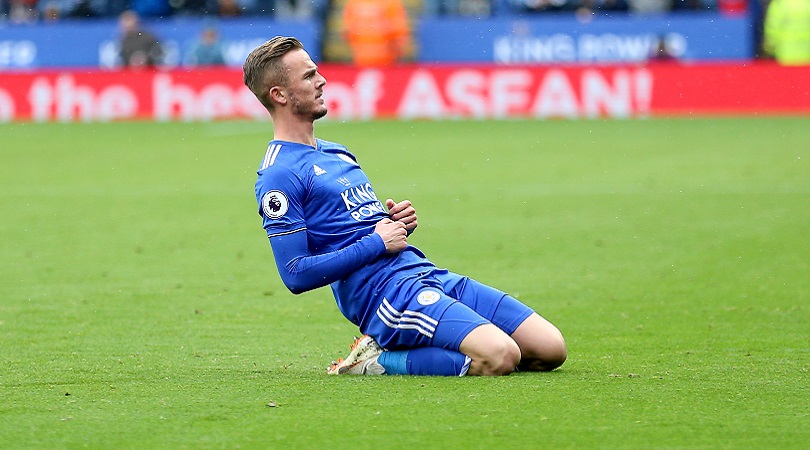
Leicester strength – James Maddison
Among the signings of the season, Maddison has lit up the Premier League with some outstanding performances. His playmaking ability has clearly improved the output of team-mate Demarai Gray, while Maddison’s eye for goal (he has three to his name so far) has helped fill the gaping void left by Riyad Mahrez.
Maddison is unfortunate not to have won his first England cap yet, but it’s only a matter of time for a 21-year-old playing with the swagger and maturity of a much more experienced attacking attacking midfielder.
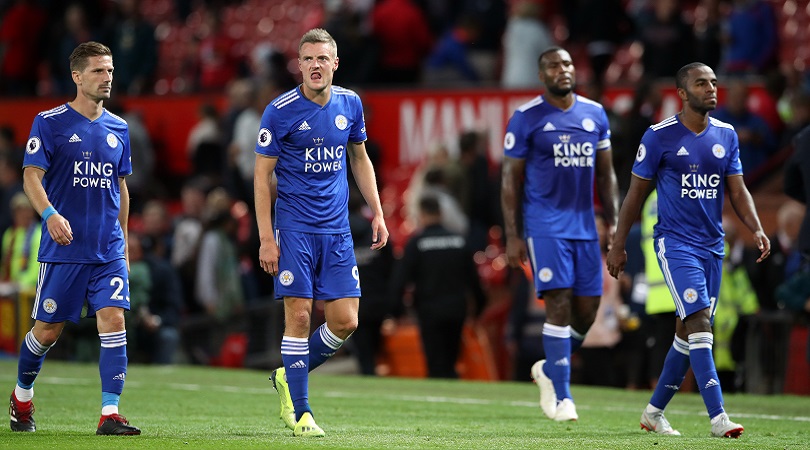
Leicester weakness – Scoring goals
Jamie Vardy has always struggled in teams that don’t play direct counter-attacking football, and so it’s no surprise that he isn’t scoring under Claude Puel. Kelechi Iheanacho, meanwhile, looks like a different player to the one who possessed an excellent goals-to-minutes ratio at Manchester City.
Puel will need to find a solution if the Foxes are to challenge for seventh spot. Maddison aside, he’ll also want to see more from the supporting cast behind the strikers.
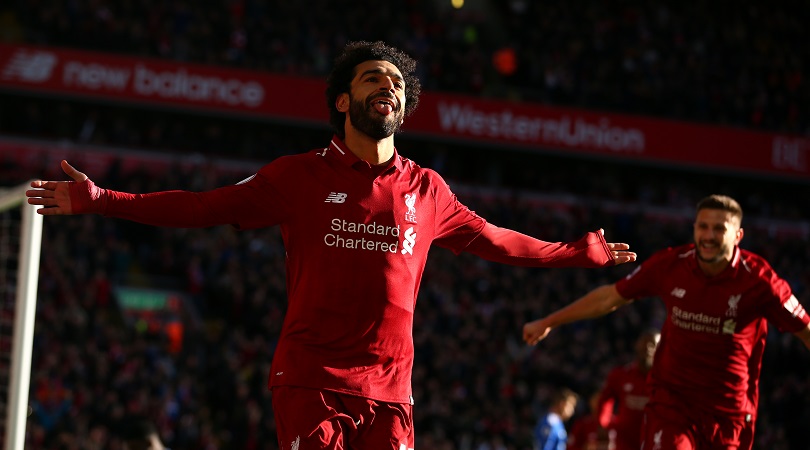
Liverpool strength – Breaking down defensive opponents
Before this season, Jurgen Klopp had an average record against clubs towards the bottom of the Premier League table. Liverpool tended to struggle against opponents who sat deep and packed men behind the ball, denying Mohamed Salah and Sadio Mané space in behind.
The Reds have begun to improve in this regard, though, having beaten the likes of Crystal Palace, Huddersfield, Fulham and Cardiff so far. They have gone more direct in these games, switching the play with sweeping diagonals to stretch opposition defences wide and force them to backpedal.
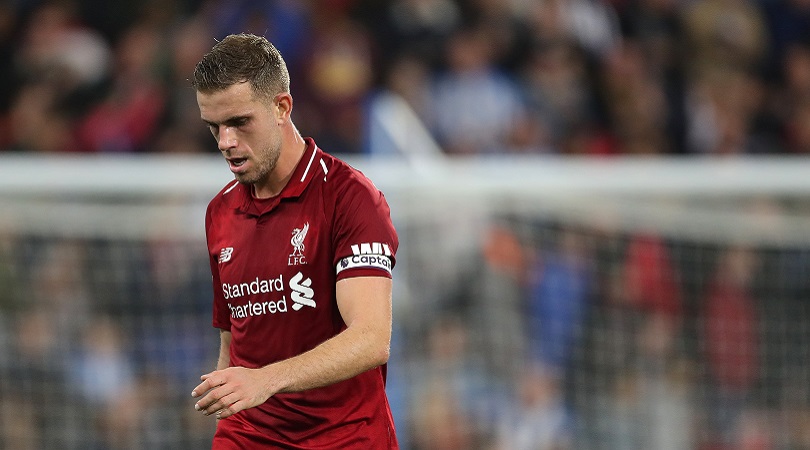
Liverpool weakness – Central midfield
Summer signings Naby Keita and Fabinho were expected to improve a fairly uninspiring Liverpool midfield, but that plan hasn’t come to fruition just yet. Keita started well before fading, while Fabinho is only just beginning to play a regular role and still hasn’t really convinced.
James Milner and Georginio Wijnaldum have been much better than expected – perhaps spurred on by fresh competition – but Jordan Henderson has been hit and miss too. Some oddly low-tempo Liverpool performances seem to have been the result of a lack of quality in the middle.

Manchester City strength – Attacking variation
Manchester City have so many strengths that it’s hard to pick just one, but the most surprisingly impressive thing about Pep Guardiola’s team this season is the variety in their attacking football despite De Bruyne’s injuries. Last season it seemed as though everything was channelled through the Belgian, yet they’ve carried on as if he was simply a luxury they could afford to lose.
Bernardo Silva has been sensational, occupying the same spaces as De Bruyne but playing completely differently. The Portuguese makes weaving runs through the centre, opening up the pitch by piercing the lines himself rather than arrowing through balls like City’s reigning Player of the Year.
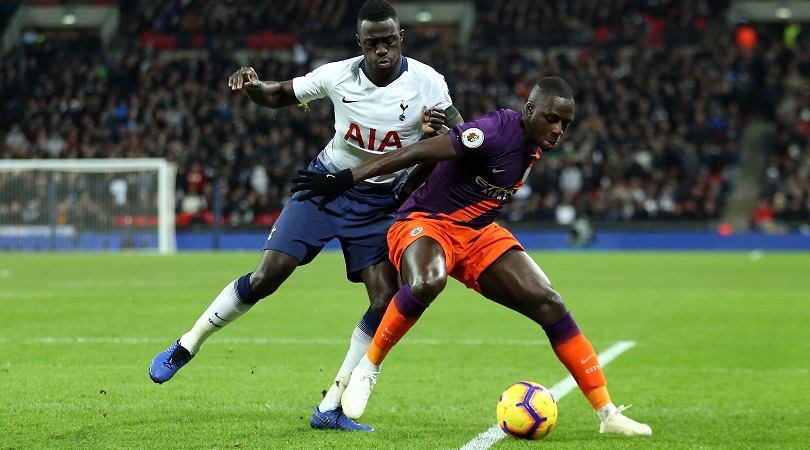
Manchester City weakness – Benjamin Mendy’s defending
Although Mendy’s crossing from the left has added a new dimension going forward, he doesn’t cover the spaces nearly as well as Fabian Delph did. The Frenchman is a bit erratic, sometimes abandoning his post at the wrong moment or failing to track a runner.
It hasn’t hurt City yet – and his attacking contributions have been magnificent – but eventually the Frenchman’s positional errors will be exposed by a ruthless right winger. For a perfectionist like Guardiola, Mendy’s long-term place in the first XI is far from safe.
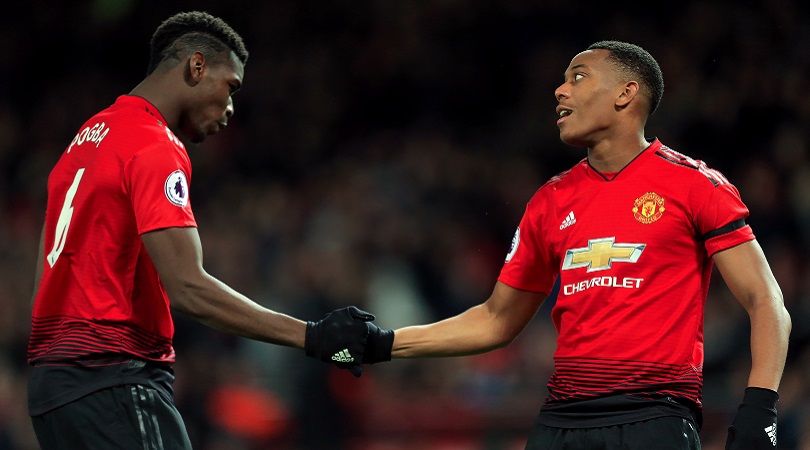
Manchester United strength – Paul Pogba and Anthony Martial
Martial has come alive this season. The Frenchman has reacted in the best possible manner after failing to make France’s World Cup squad in the summer, scoring six goals in seven starts for United in the Premier League. He’s fast becoming the first name on the team sheet, combining to great effect with Pogba on the left.
Pogba remains hit and miss at times, but he’s invariably the catalyst when United mount second-half comebacks. In a wholly disappointing first third of the season, the French pair have shown fans inside Old Trafford just how creative and exciting this United team could be.
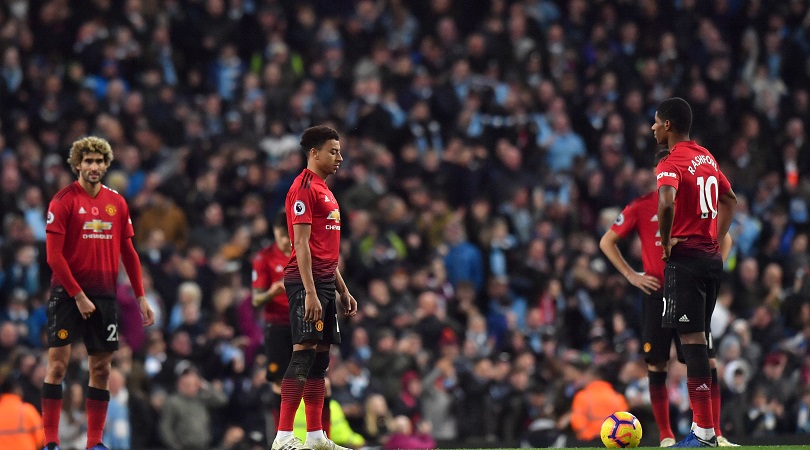
Manchester United weakness – low-energy first halves
Jose Mourinho’s most significant tactical issue is dropping deep right from kick-off; uniquely among the big clubs, United don’t press high, and by consistently backing off they embolden the opposition. This explains why they struggle for tempo or fluency in the first half-hour of matches – they have conceded in this period in six of their last seven top-flight games.
The Red Devils should be setting a confrontational precedent. By deploying such a deep defensive line they are inviting pressure from clubs hungry to twist the knife.
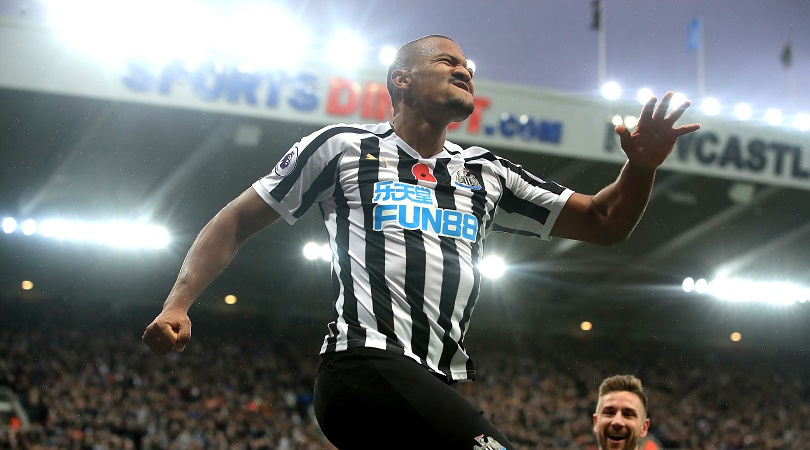
Newcastle strength – Feeding Salomon Rondon
Up until three weeks ago there was nothing at all positive to say about Rafa Benitez’s Newcastle, but after earning seven points from their last three matches, the Magpies are beginning to replicate their fine 2017/18 form.
Rondon finally scored his first league goals for the club in a 2-0 win against Bournemouth a fortnight ago. This was a match defined by Newcastle players constantly searching for the Venezuelan’s head, just as they did in a 1-0 win against Watford a week earlier. He won eight aerial challenges in both of those matches.
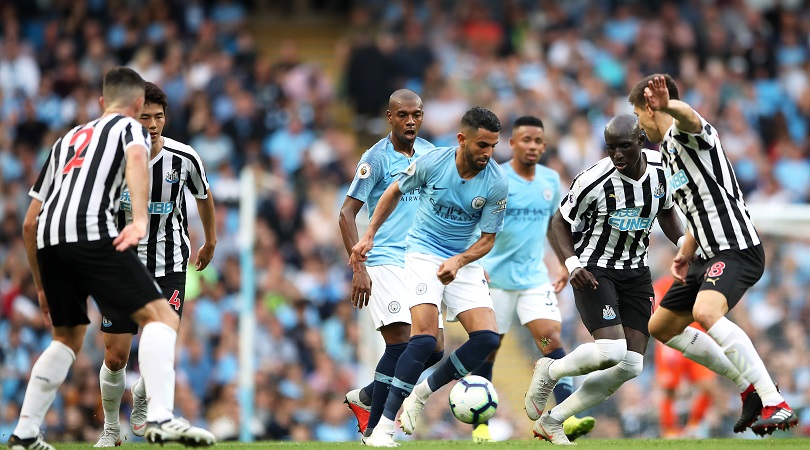
Newcastle weakness – Too defensive
Benitez’s basic tactical shape is far too negative. The Newcastle squad certainly isn’t high on quality but the Spaniard could afford to open up a little, deploying Jonjo Shelvey higher up the pitch and trusting the pace of Kenedy.
Instead, the Magpies invariably sit back and always look to soak up pressure, which is why there have only been 24 goals in their matches this season (nine for, 15 against) – the least in the division. They’re getting used to being last on Match of the Day.
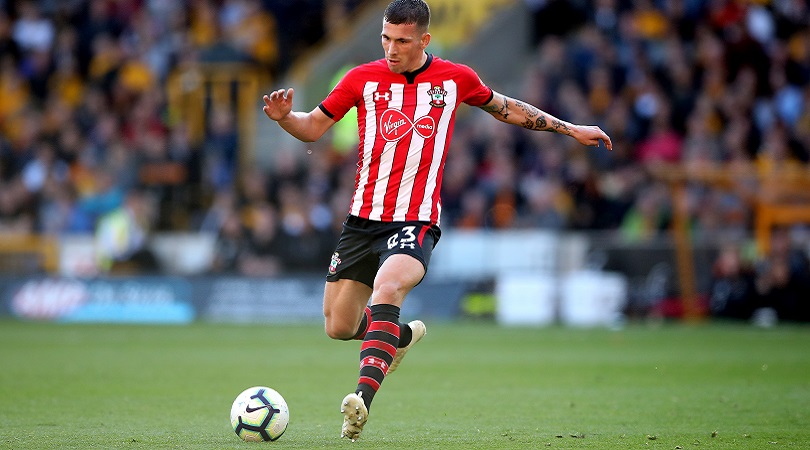
Southampton strength – A midfield to build on
It’s been a pretty dull start to the season down at St Mary’s, and yet hidden away is a central midfield partnership that has the potential to be one of the league’s most interesting. Pierre-Emile Hojbjerg and Mario Lemina are very talented footballers who could, under different management, help rediscover Southampton’s mojo.
Hojbjerg continues to improve his game with some quietly elegant performances, and both he and Lemina are underrated for their defensive contributions – they’ve averaged a combined 5.1 tackles and 5.1 interceptions per game in 2018/19.
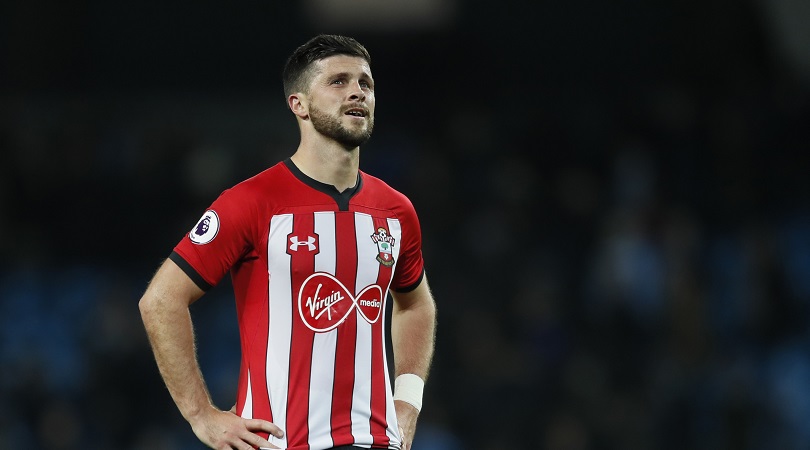
Southampton weakness – Aimless tactics
It’s difficult to work out exactly what Mark Hughes is trying to do at Southampton. The football is uninspiring and the tactics strangely without purpose, which is why fans appear to have run out of patience with their former player.
Should Claudio Ranieri make a quick start at Fulham, that could be enough to convince the Southampton board to make a change of their own. Hughes may have kept Saints up last term, but he doesn’t look like the man to take them forward.
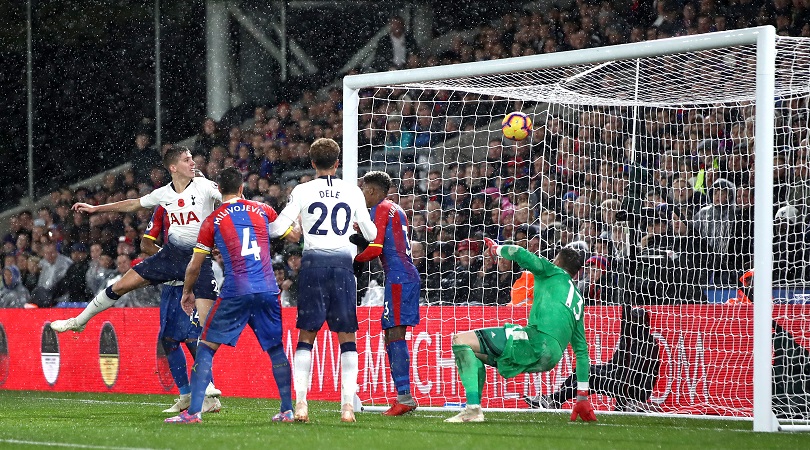
Tottenham strength – Set-pieces
Spurs haven’t performed particularly well in their Premier League matches this season and yet, statistically at least, are enjoying their best start under Mauricio Pochettino. Winning ugly is a testament to their resilience, so too their new-found ability to frequently score from set-pieces.
Pochettino’s side have scored eight times from corners, free-kicks and penalties so far this season – the second-most in the division behind Bournemouth’s 10. Kieran Trippier’s expert delivery helps, and Harry Kane’s poacher’s instinct makes him a permanent threat.
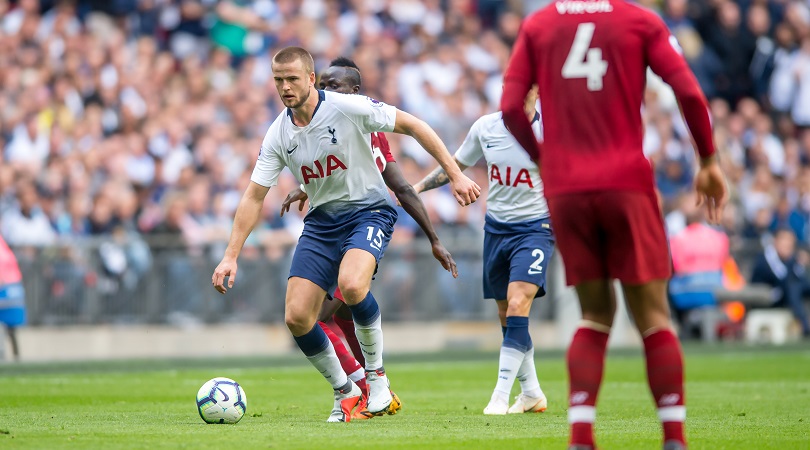
Tottenham weakness – Sluggish midfield
For quite some time now, Spurs have needed a sharper, quicker central midfielder to up the tempo of their possession-based football. A certain sluggishness defines Mousa Dembele, Victor Wanyama and Eric Dier, while Moussa Sissoko still isn’t good enough despite some improved displays of late.
Harry Winks is improving this issue, but Pochettino should still go searching for a more dynamic defensive middle man in the winter window. Spurs need something more in the engine room.
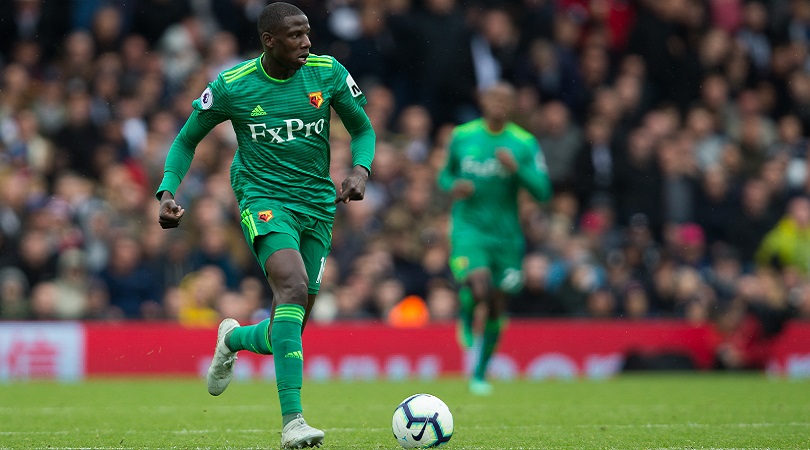
Watford strength – Javi Gracia’s aggressive midfield
Gracia’s high-pressing football is predicated on playing four battling central midfielders at the same time, and Watford’s most impressive feature is the fluency of their 4-2-2-2 formation. Will Hughes and Roberto Pereyra provide the creativity in the final third, while Abdoulaye Doucoure and Etienne Capoue back them up with strong tackles.
Capoue is perhaps the most underrated player in the division: his 6.1 tackles and interceptions per match are the third-most in the Premier League.
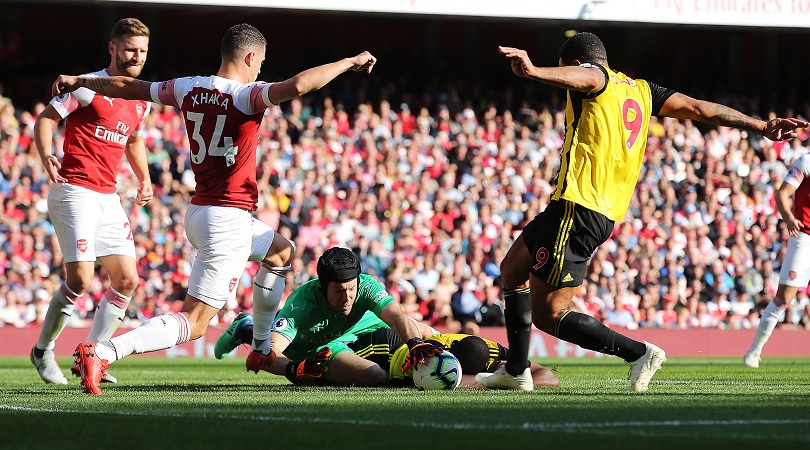
Watford weakness – Goalscoring
Watford’s goals have started to dry up over the past couple of months, which is unsurprising given how much they relied on a flurry from Pereyra at the start of the season. Their top-scoring forward is Andre Gray with three – and the Englishman hasn’t scored since September 22.
Gracia has recently moved away from a Gray-Troy Deeney strike force, instead preferring the more mobile duo of Isaac Success and Gerard Deulofeu. Scoring goals remains an issue, though, and the Spaniard may switch back to the more traditional duo if things don’t improve.
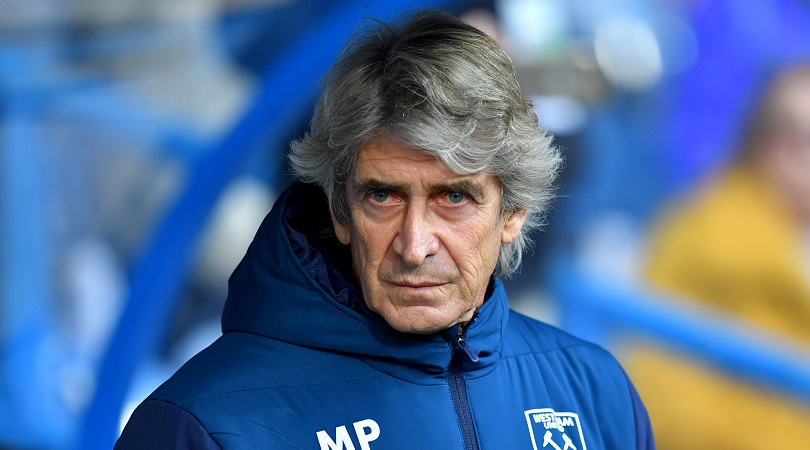
West Ham strength – Manuel Pellegrini’s problem solving
At the beginning of the season it looked like Manuel Pellegrini was a bad fit for West Ham. The Chilean started out by playing the same attacking 4-2-3-1 formation which facilitated Manchester City’s collapse in his final year, with ageing full-backs and a midfield which was disconnected from the defence.
But Pellegrini has dramatically altered West Ham’s playing style since then, embracing a counter-attacking approach and slotting Declan Rice into defensive midfield. Along with Robert Snodgrass in a new box-to-box role, Rice has helped transform the Hammers’ fortunes.
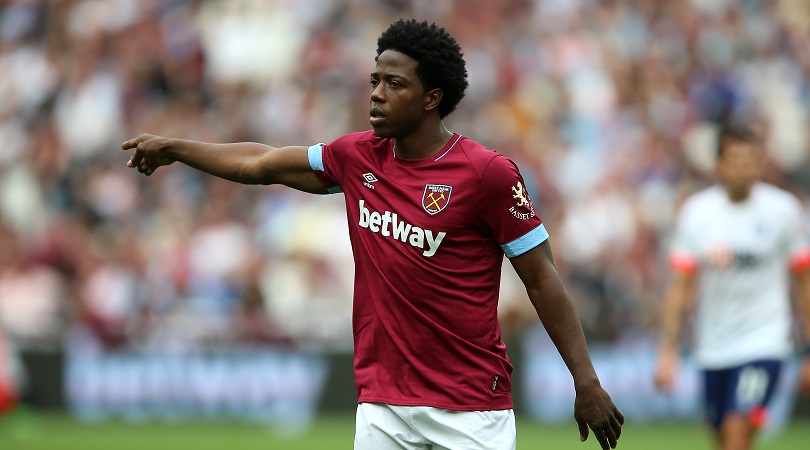
West Ham weakness – Central midfield
That being said, the middle of the park is still the Hammers’ weakest area. Rice may not be able to run the midfield for an entire season, while both Jack Wilshere and Mark Noble are too slow for the pace of the Premier League today.
Carlos Sanchez was arguably a bad signing too, leaving Pellegrini in search of a more robust partner for Rice and Snodgrass – who himself isn’t really a central midfielder. Cheikhou Kouyate left for Crystal Palace in the summer but would be a welcome option at the London Stadium right now.
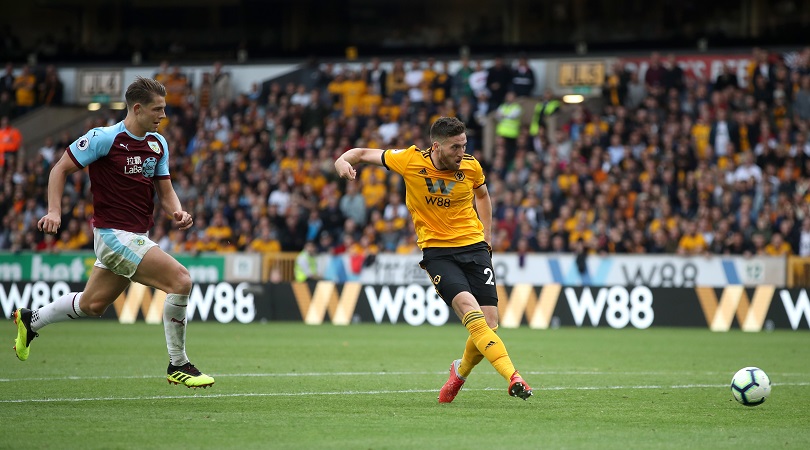
Wolves strength – Unusual formation
Nobody else in the Premier League consistently uses a 3-4-2-1 formation, which hands Wolves a slight advantage in the majority of evenly matched games. Their system, executed well by a consistent first XI, frees Jonny and Matt Doherty to bomb into the penalty area unmarked.
It also ensures there are plenty of bodies around the central midfield pair of Joao Moutinho and Ruben Neves, both of whom have taken to the Premier League remarkably quickly. It’s their assuredness, coupled with Nuno’s use of a back three, which explains why Wolves have the best defensive record outside the top for.
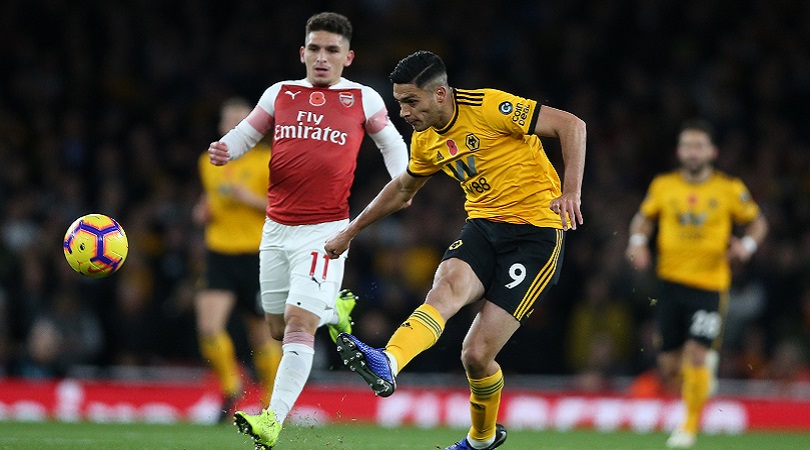
Wolves weakness – Finishing
Whether it’s bad luck or poor finishing, Wolves don’t score enough goals for the number of chances they create. They rank fifth in the table for shots on goal (14.5 per match), fourth for key passes (10.8 per match), and as per understat.com, have an xG of 17.33 – 5.33 lower than the 12 times they have found the net.
Only Southampton have a wider gap between their actual goals and expected goals. Raul Jimenez, with three goals in 12 outings, needs to be making the net bulge more often.

Greg Lea is a freelance football journalist who's filled in wherever FourFourTwo needs him since 2014. He became a Crystal Palace fan after watching a 1-0 loss to Port Vale in 1998, and once got on the scoresheet in a primary school game against Wilfried Zaha's Whitehorse Manor (an own goal in an 8-0 defeat).
